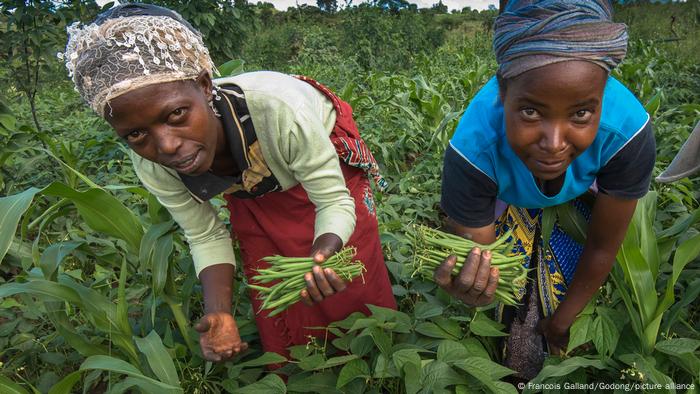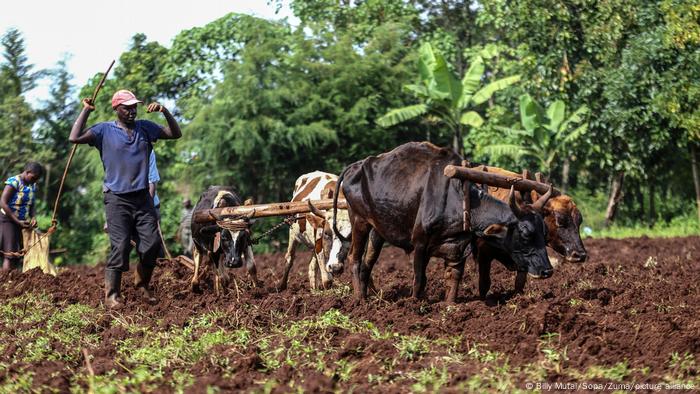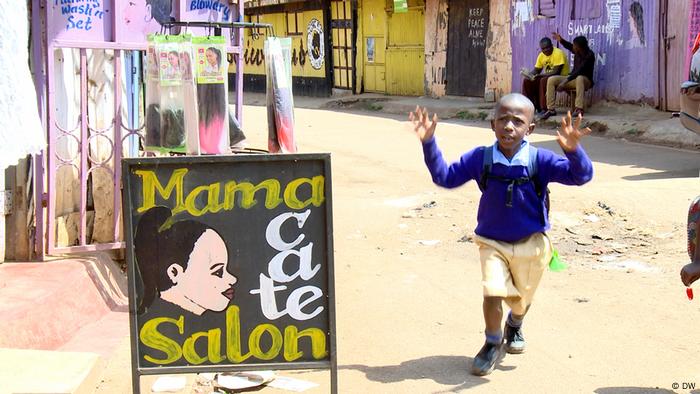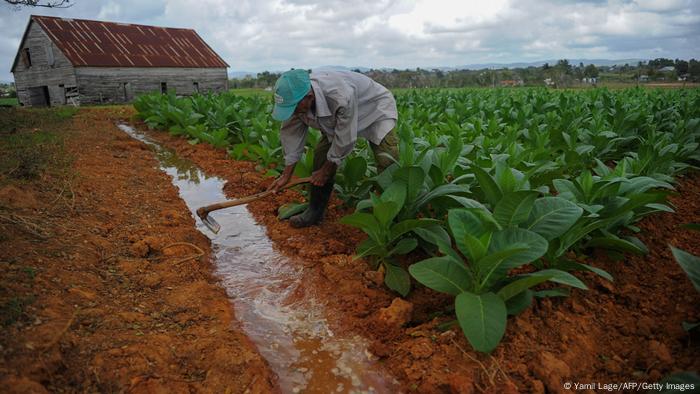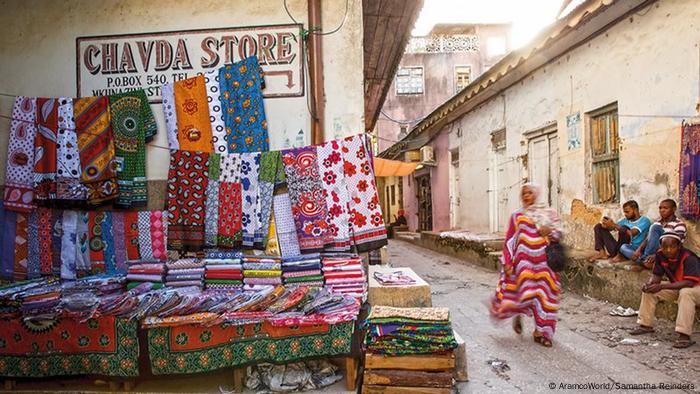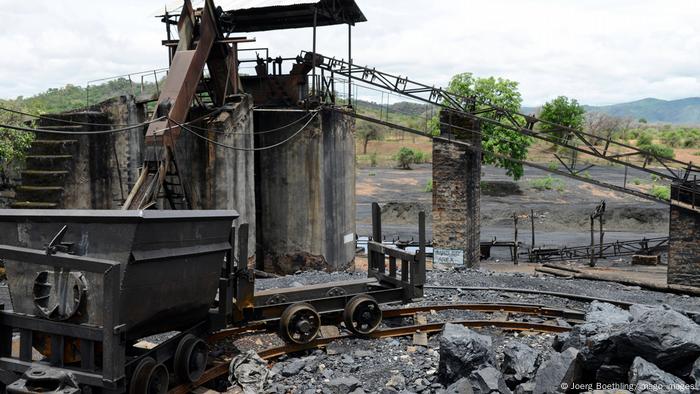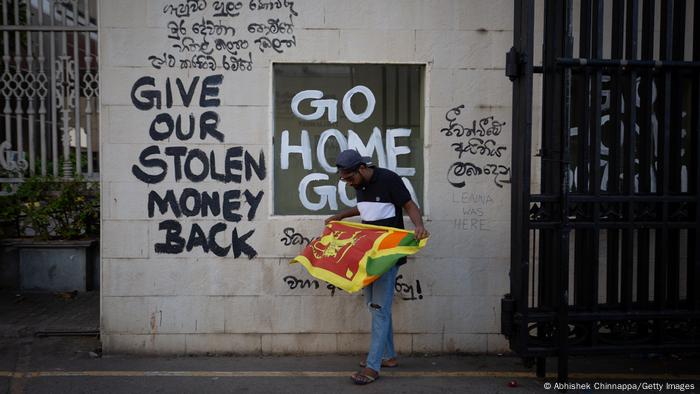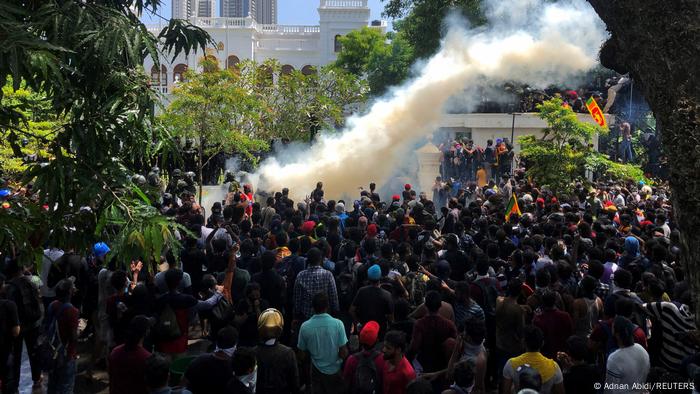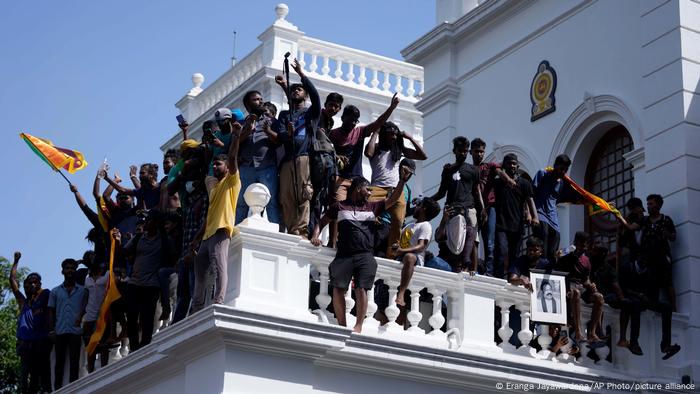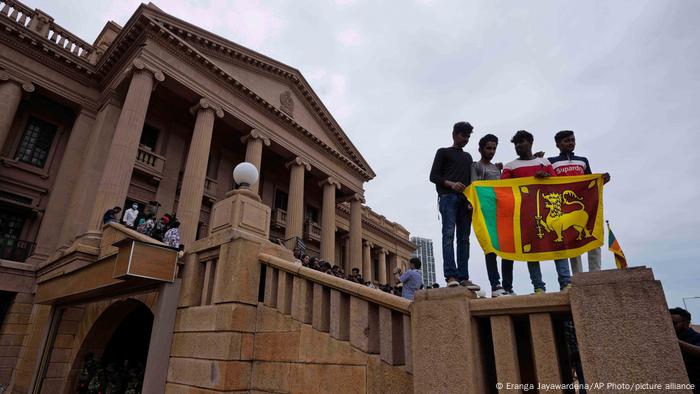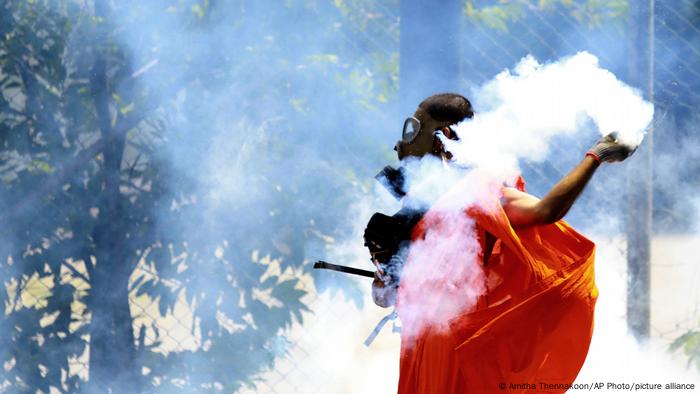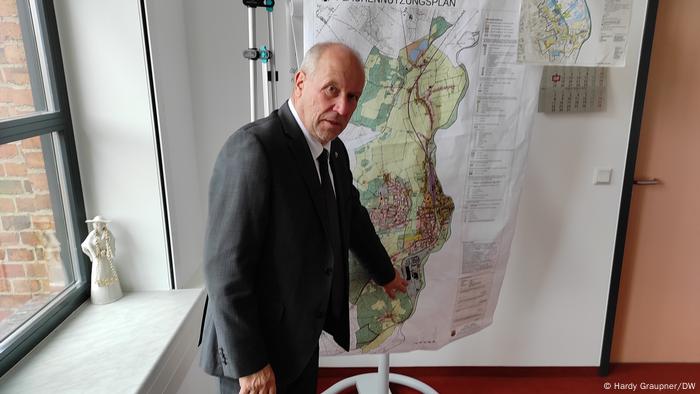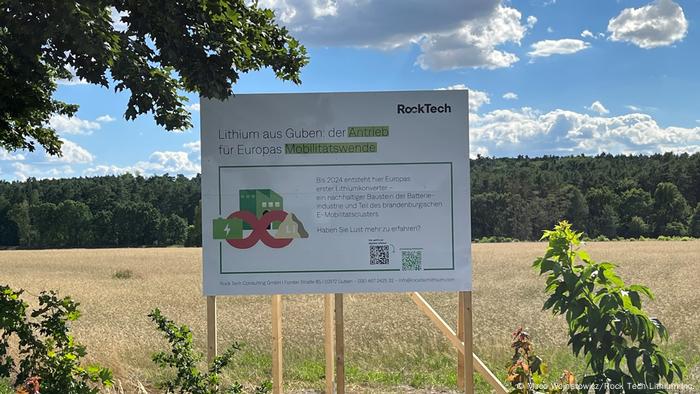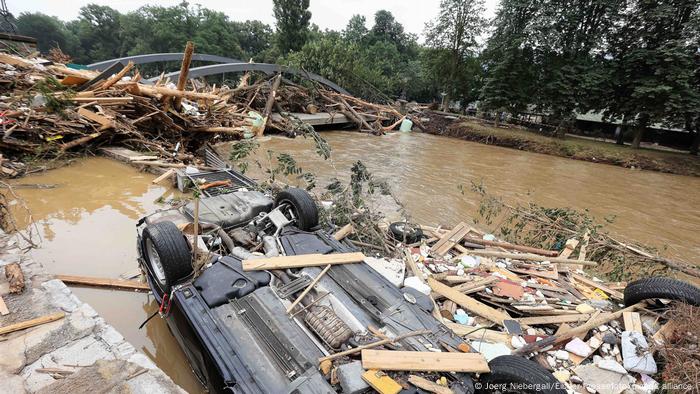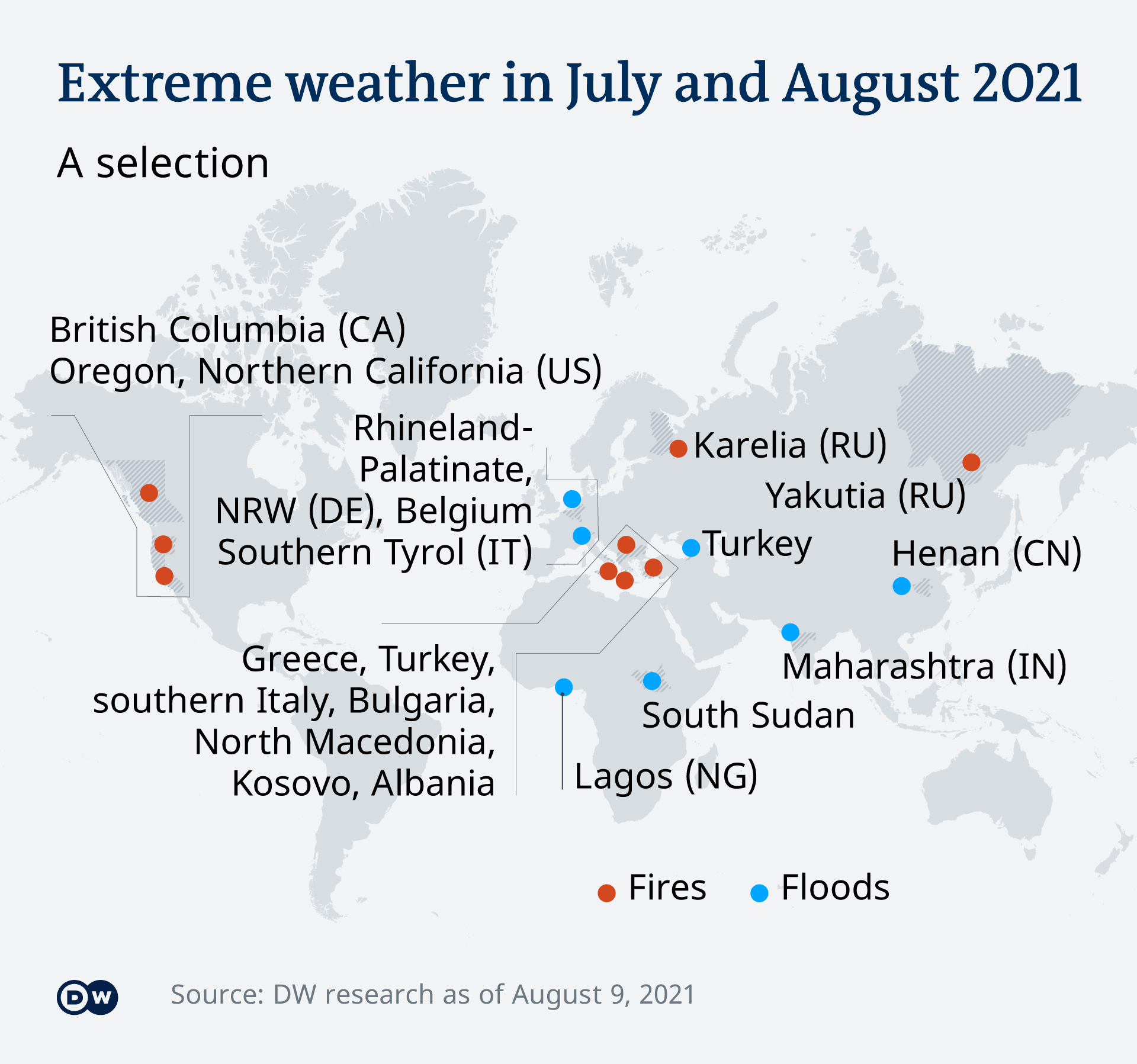Thu, July 14, 2022

Dr. Deena Hinshaw, Alberta's chief medical officer of health, prepared a PowerPoint presentation that was given to cabinet ahead of its Feb. 8 decision to ease public health measures, which included eliminating masking in schools. (Jason Franson/The Canadian Press - image credit)
Two key documents — shielded from the public until now — are providing some insight into how the Alberta government came to ease COVID-19 public health measures earlier this year.
A Court of Queen's Bench justice in Edmonton recently rejected the government's cabinet confidentiality claim and ordered a PowerPoint presentation and cabinet committee minutes be disclosed. It stemmed from a case challenging the decision to remove the province's school mask mandate and block school boards from bringing in their own.
Lawyers for the Alberta Federation of Labour (AFL) and the parents of five immunocompromised children argue Albertans have the right to know what led up to the decision to lift the mandate.
The first of the highly anticipated documents is a Feb. 8 PowerPoint presentation prepared by Alberta's chief medical officer of health, Dr. Deena Hinshaw, which was presented by Health Minister Jason Copping, according to the province.
It offers three possible options for lifting restrictions, seemingly crafted within the parameters of earlier guidance from the Priorities Implementation Cabinet Committee (PICC).
"Per previous PICC direction, three-step approaches to easing are proposed, with a focus on removing the restrictions exemption program and easing youth masking requirements," the PowerPoint presentation said.
The first option proposed significant easing in Step 1, including eliminating school masking right away.
The second option suggested more moderate easing initially with school masking lifted in Step 2.
The third option left the approach open to the cabinet committee.
"The options presented to cabinet very much skewed in favour of lifting restrictions," said Lorian Hardcastle, who teaches health law and policy at the University of Calgary.
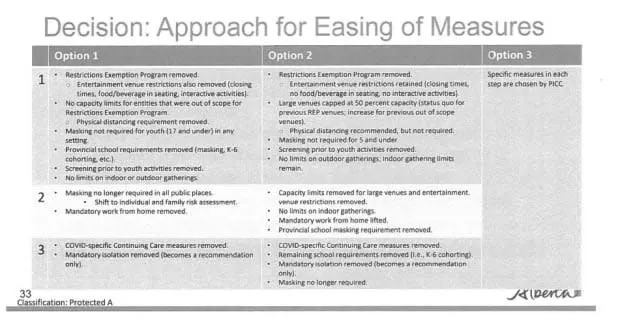
CBC
"Interestingly, embedded in what I would expect to be a scientific discussion were considerations around political concerns and economic concerns. And very notably to me is that one of the "pros" listed in this presentation was to have Alberta be a leader in reopening, and that has nothing to do with science. That's politics."
In its discussion about timing, the document noted certain unspecified metrics would need to be achieved before moving to next steps and that "Alberta will be a leader in entering the endemic space, balancing the risks and benefits to easing before other Canadian jurisdictions."
Cabinet committee minutes
The provincial government was also ordered to hand over cabinet committee meeting minutes from Feb. 8, the day it announced its plans to lift public health measures.
The minutes — which include the decision reached but no documentation of any discussion — show the second, more moderate option was chosen.
But the framework for easing restrictions that was actually put in place differs from the second option presented to cabinet and it appears the plan was modified.
The province lifted masking in schools two weeks after moving into Step 1 and before moving into Step 2. It also lifted the overarching provincial mask mandate earlier than the scenario laid out.
According to Hardcastle, with no record of the cabinet discussion, it's impossible to know exactly what led to the changes.
"We don't have a lot of information on how or why that decision was reached, and I think that's unfortunate from an accountability perspective," she said.

Colin Hall/CBC
While the PowerPoint laid out a plan for removing public health measures, it also noted Alberta was not yet in the endemic phase.
Any easing of measures, it said, "should be predicated on declining rates of new COVID-19 hospitalizations over a sustained period of time."
The PowerPoint noted the COVID positivity rate at the time had been stable for a few weeks, and while hospitalizations seemed to be at a "plateau," they were "still high and straining the system."
It also warned that once COVID infrastructure is "ramped down," it would be difficult to re-establish quickly and that an uptick in cases would be expected as restrictions eased.
"If the situation worsens and the continued transition to endemic is not possible due to the level of strain on the acute-care system, the reinstatement of public health measures may be recommended," the PowerPoint reads.
The AFL, which is one of the applicants in the case, calls the revelations in the documents "unsettling."
"They had their eyes clearly focused on politics and their own narrow political interest, rather than the broader public interest where their focus should have been," said AFL president Gil McGowan.
"I find it really troubling that the government was making a decision that was going to affect the health and safety of so many people, including our kids, just so they could say that they're first. That's not something that should be on their mind. What they should be focused on is the public interest and public safety, not bragging rights."
Alberta government defends decision
The Alberta government said the documents filed in court show what they've argued all along.
"We moved forward with a plan to safely lift public health measures, in line with other provinces and other countries, based on the best available evidence, and advice from Alberta Health and the chief medical officer of health," Steve Buick, press secretary for Health Minister Copping, said in a statement emailed to CBC News.
"We stand by our decision to lift public health measures, including ending mandatory masking in schools. It was the right choice for kids, and it did not pose undue risk to our communities."
Buick said the documents show the provincial government did not cast aside advice contained in the PowerPoint presentation.
Suggestions that we ignored or overrode recommendations are simply false. - Steve Buick, press secretary for the health minister
"The minister of health provided cabinet with three options, presented uniformly without a recommended option. Cabinet chose from those options. Suggestions that we ignored or overrode recommendations are simply false," said Buick, adding the provincial government is determined to avoid disruption of schools in the future as much as possible.
What these documents highlight, one expert argues, is the delineation between public health and political decision-makers.
"It wouldn't be unusual for there to be fairly strict general guidelines announced by the decision-maker and then for the public service to work within those guidelines to give options on exact details of the implementation," said Dr. Michael Curry, a clinical associate professor in the department of emergency medicine at the University of British Columbia who teaches about legal and ethical issues.
"So I think what Albertans can glean is that there was a discussion between cabinet which put some limits on the options that would be brought forth by the public health office, and the public health office brought forward a number of expert recommendations to the cabinet. But the exact implementation seems to have been a decision that was made by the cabinet."
The Provincial Court of Alberta released documents on Wednesday that provide the public a glimpse behind the curtain on how the UCP government decided when to begin removing Alberta's COVID-19 restrictions in February.

Dr. Deena Hinshaw, Alberta's chief medical officer of health, updates media on the COVID-19 situation in Edmonton, Friday, March 20, 2020.
The documents — which were previously marked confidential — were ordered by provincial court to be turned over by one of the authors, along with the health department and chief medical officer of health Dr. Deena Hinshaw, after the parents of five immunocompromised kids and the Alberta Federation of Labour sued the UCP government over the decision to lift the mask mandate in February.
Premier Jason Kenney announced on Feb. 8 that the province would be lifting the vaccine passport system, and only five days later, end the school mask mandate.
The decision was made shortly after the UCP COVID cabinet committee met and weighed options presented by Health Minister Jason Copping on how to move forward as Alberta transitioned out of the pandemic phase of COVID-19 and into the transition phase
The third and final phase is the endemic phase.
Read more:
Challenge on lifting mask mandate in Alberta schools denied by court
The document states that Alberta would be leading the way into the endemic phase with a “gradual removal of public health measures” to decrease risk.
However, the document warns that “lifting restrictions should begin only once pressures on the health-care system have sufficiently eased and are likely to continue easing.”
“From my perspective, it clearly shows that their eyes were focused clearly on politics, especially their narrow self-interest and politics, and not where it should have been, which is on public safety, especially for our kids,” said Gil McGowan, president of the Alberta Federation of Labour.
As requested by the provincial government, Hinshaw provided recommendations for going forward with lifting all restrictions, which included ramping up the capacity of the health-care system as it was going to become overwhelmed, and warning of additional waves as a result of increased exposure.
“She was right about all of her warnings and they just ignored them. And now we're paying the price,” McGowan said.
Read more
Disclosing Hinshaw’s COVID-19 restriction discussions won’t affect cabinet confidentiality: expert
Overall, she gave three options on removing restrictions, the first being removing the majority of restrictions, including removing masks in schools in Step 1.
The second option kept more restrictions in place and the school mask mandate not being lifted until Step 2.
The third option left all decisions up to the cabinet.
“The big, big takeaway for me was just how focused this was on reopening being a key driving concern of our pandemic policy,” said Lorian Hardcastle, associate professor of law at the University of Calgary's Cumming School of Medicine.
“There's a lot of criticism out there that the government's approach at times favoured politics over what made sense from a public health perspective. And I think we see elements of that in this presentation.”
The government denies ignoring or overriding any of Dr. Hinshaw’s recommendations.
Read more:
COVID-19: Edmonton, Calgary school boards weigh in on Kenney dropping mask mandate for kids
“The minister of health provided cabinet with three options, presented uniformly without a recommended option. Cabinet chose from those options,” Steve Buick, press secretary to the minister of health, wrote in a statement on Wednesday.
“We stand by our decision to lift public health measures, including ending mandatory masking in schools. It was the right choice for kids and it did not pose undue risk to our communities."
“I think that the government's concern is that if we start to erode away at cabinet confidence, there will be very little that they can discuss that voters in the public won't ultimately get access to,” said Hardcastle.
The biggest lesson, according to McGowan, is that “we really desperately want to make sure that we don't make the same mistake in the fall that was made in the spring.”
— With files from Tom Vernon, Global News
Video: Alberta drops mask mandate for kids, education minister says boards can’t enforce their own
